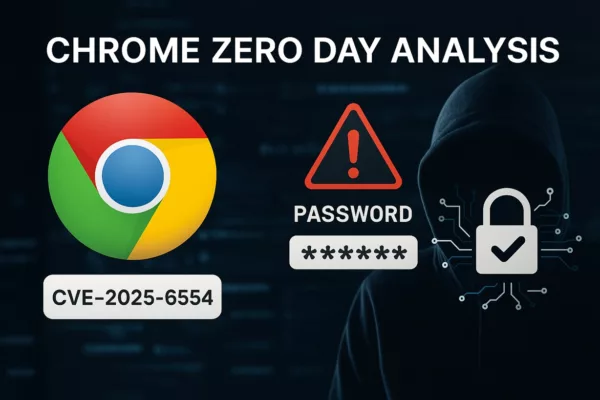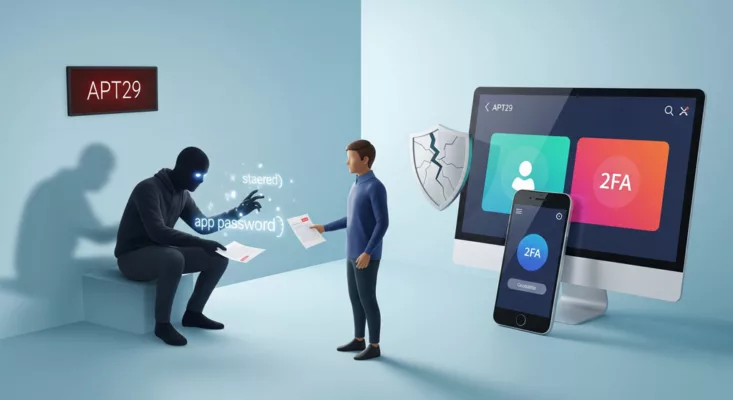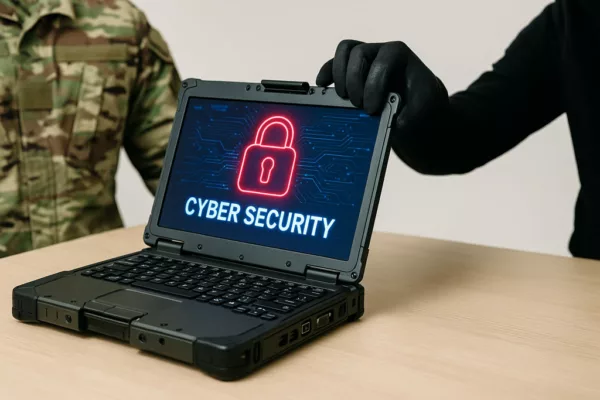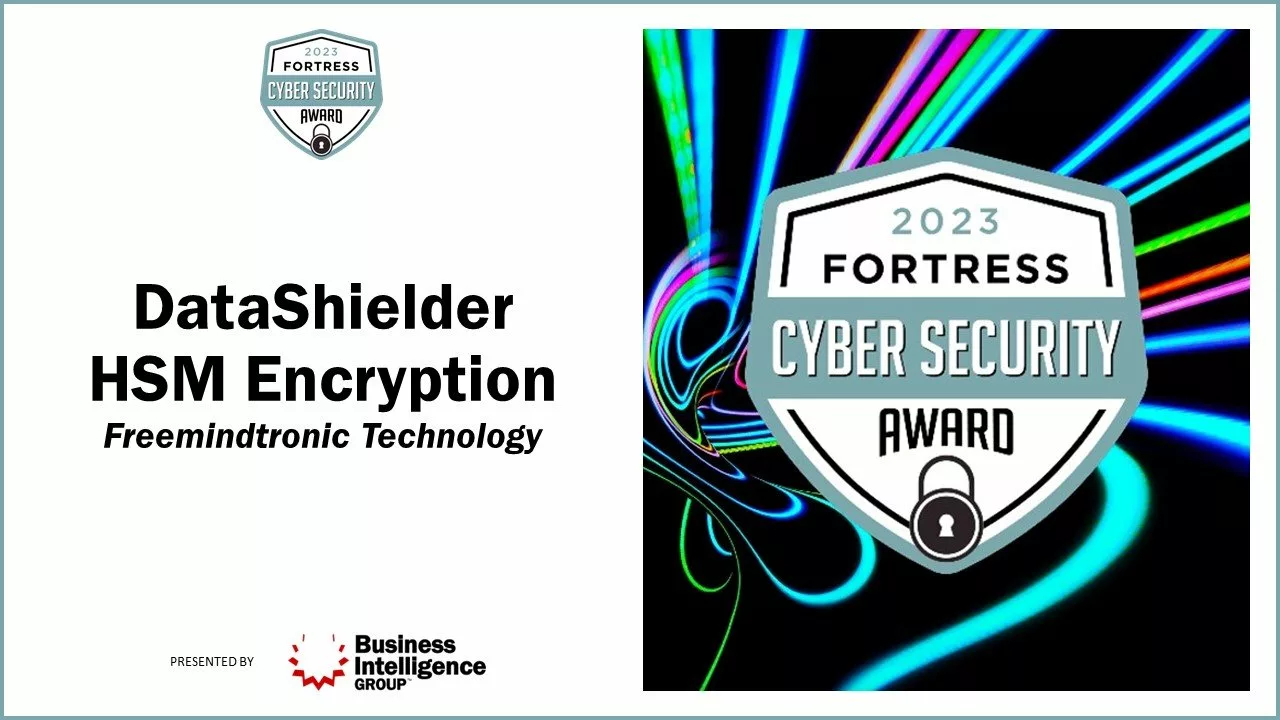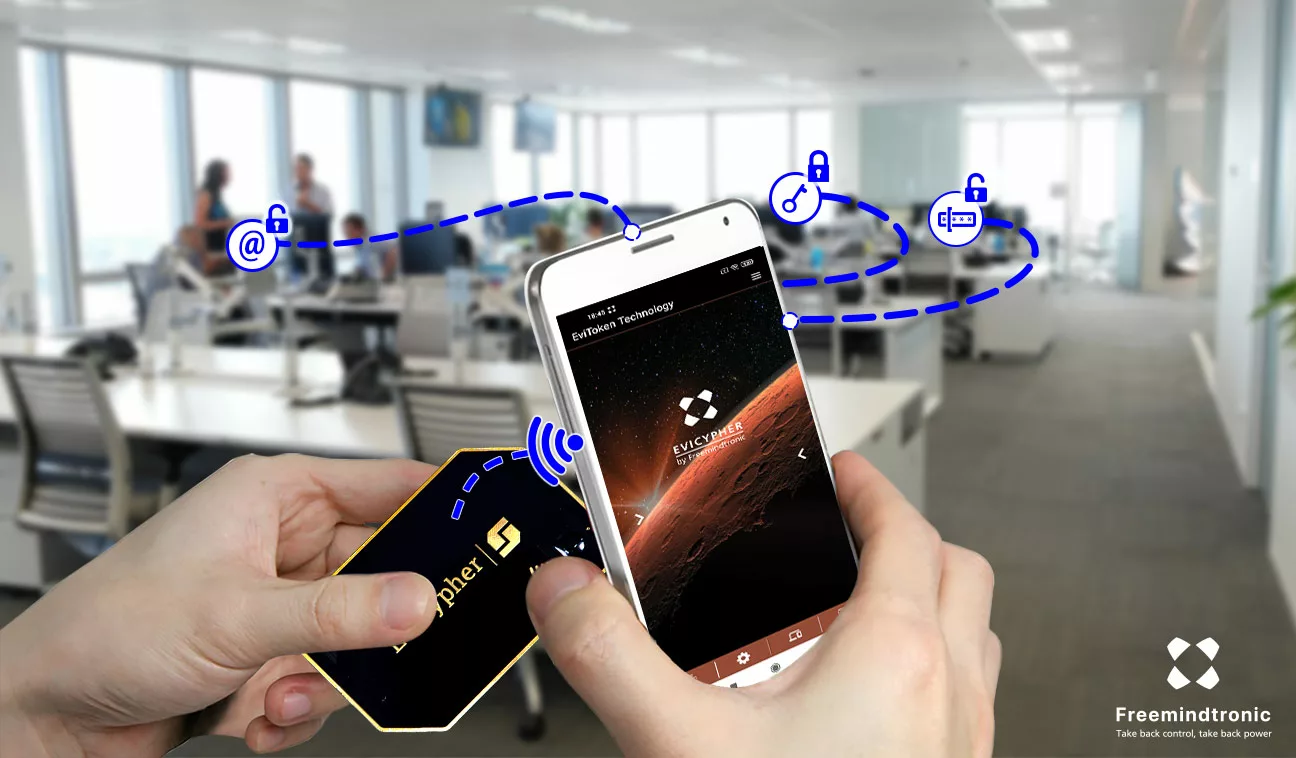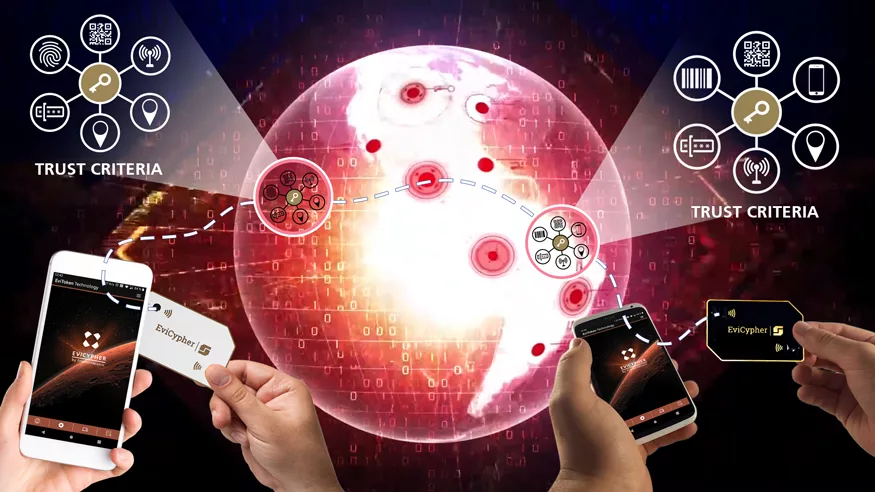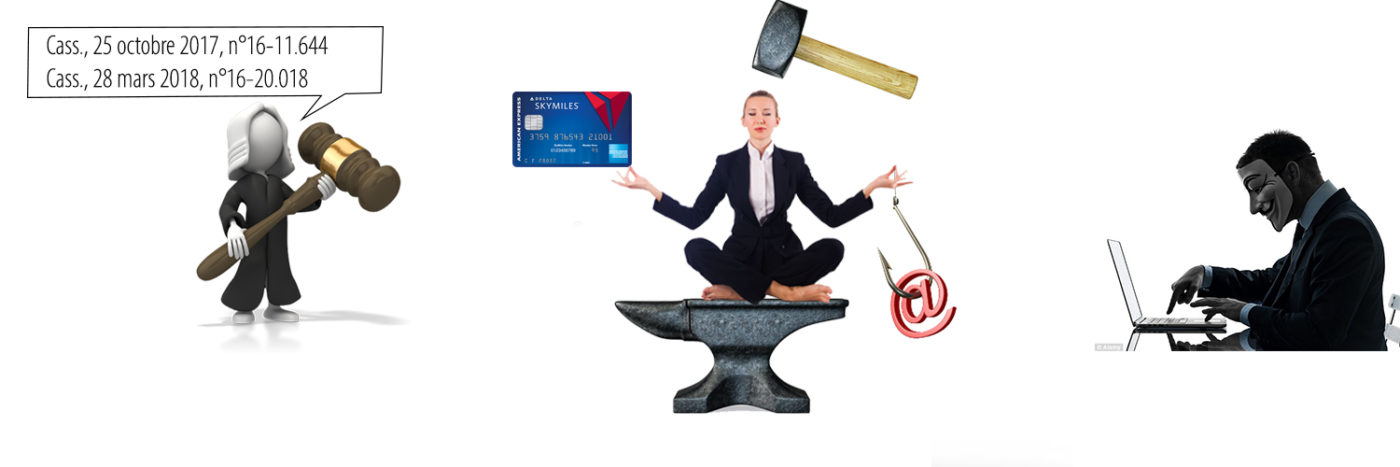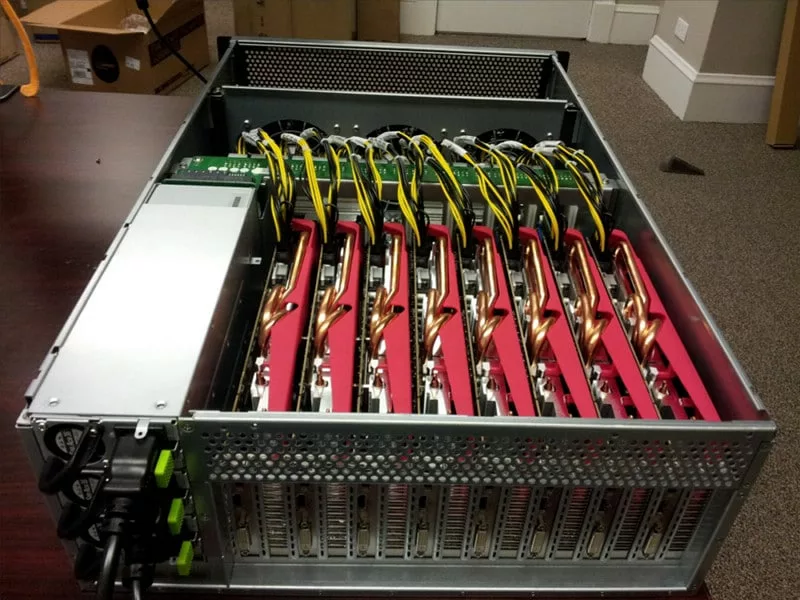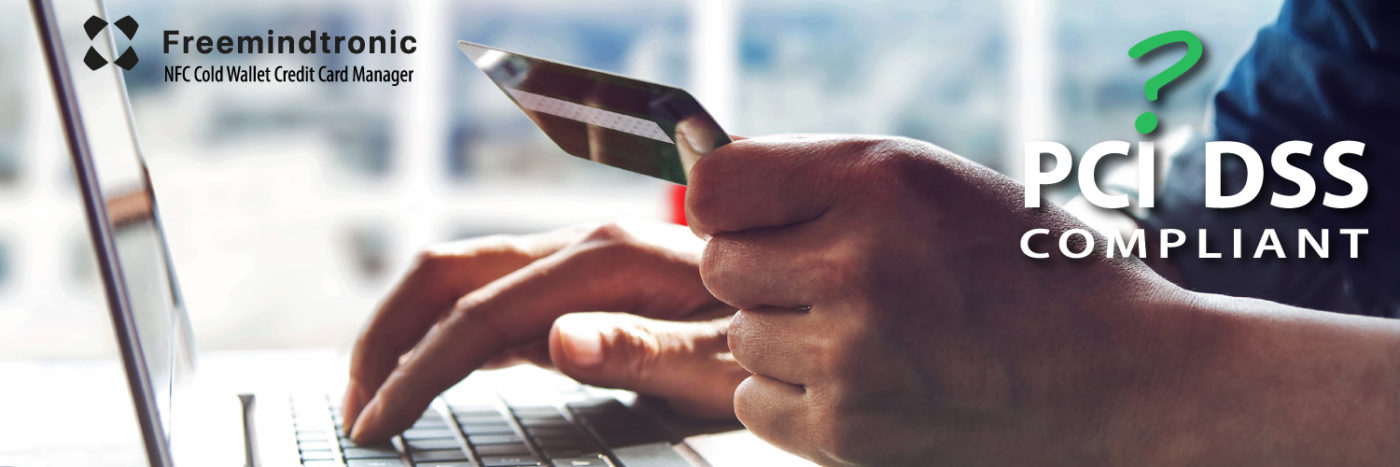Welcome to the publication of our articles Our articles deal with the subject of data protection, access control, safety and security. We cover a wide range of related topics that can be technical, legal and scientific. It is also a way to give you advice on how to use the technologies we develop, but not […]
Stay informed!
Join our community of technology enthusiasts! Subscribe to our newsletter and receive exclusive updates on the latest news, special offers, and tips from Freemindtronic. Stay informed on the latest technology trends, discover new products, and be among the first to take advantage of them. Sign up now by entering your email address below. Don't miss any updates from Freemindtronic!

